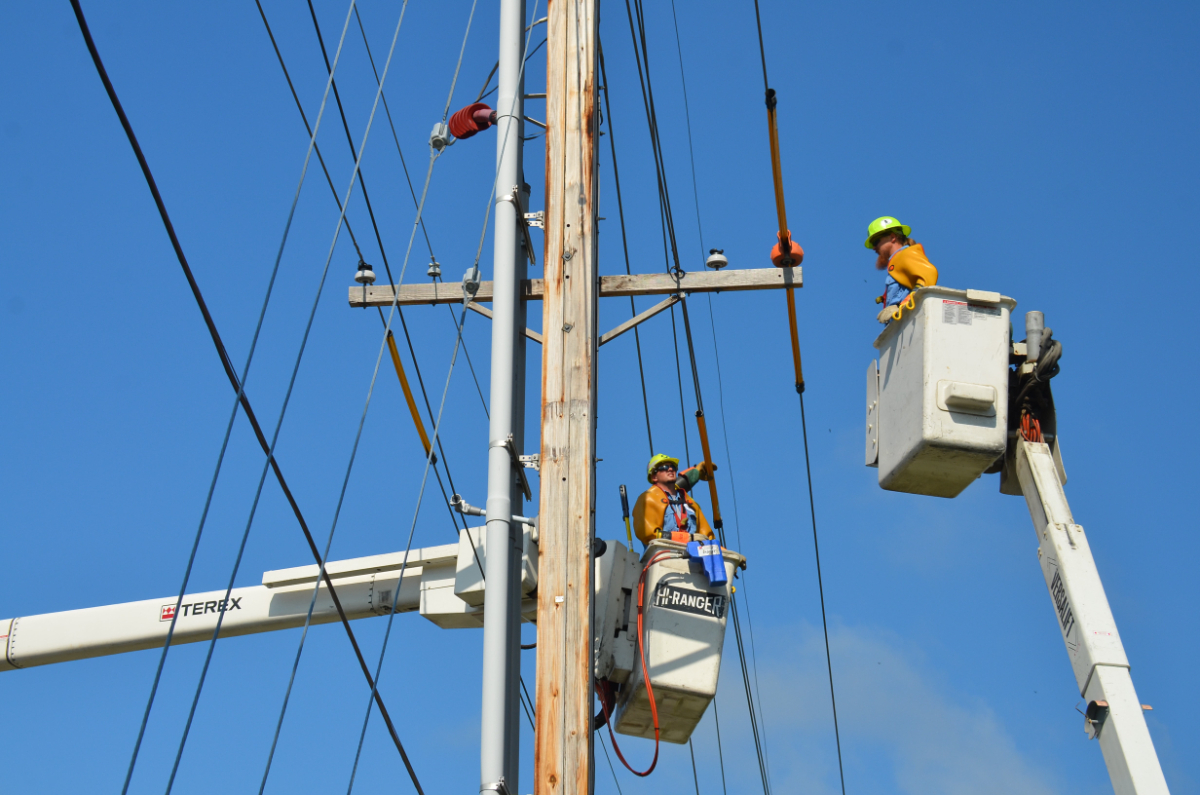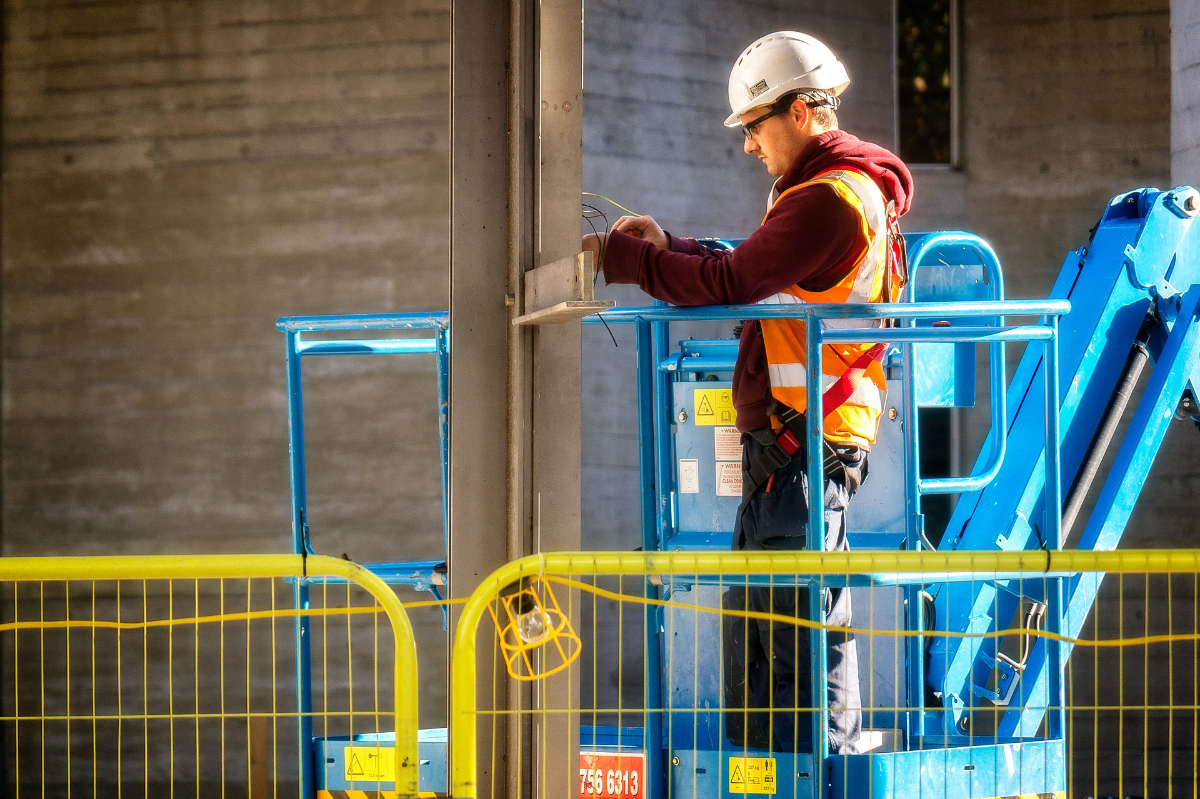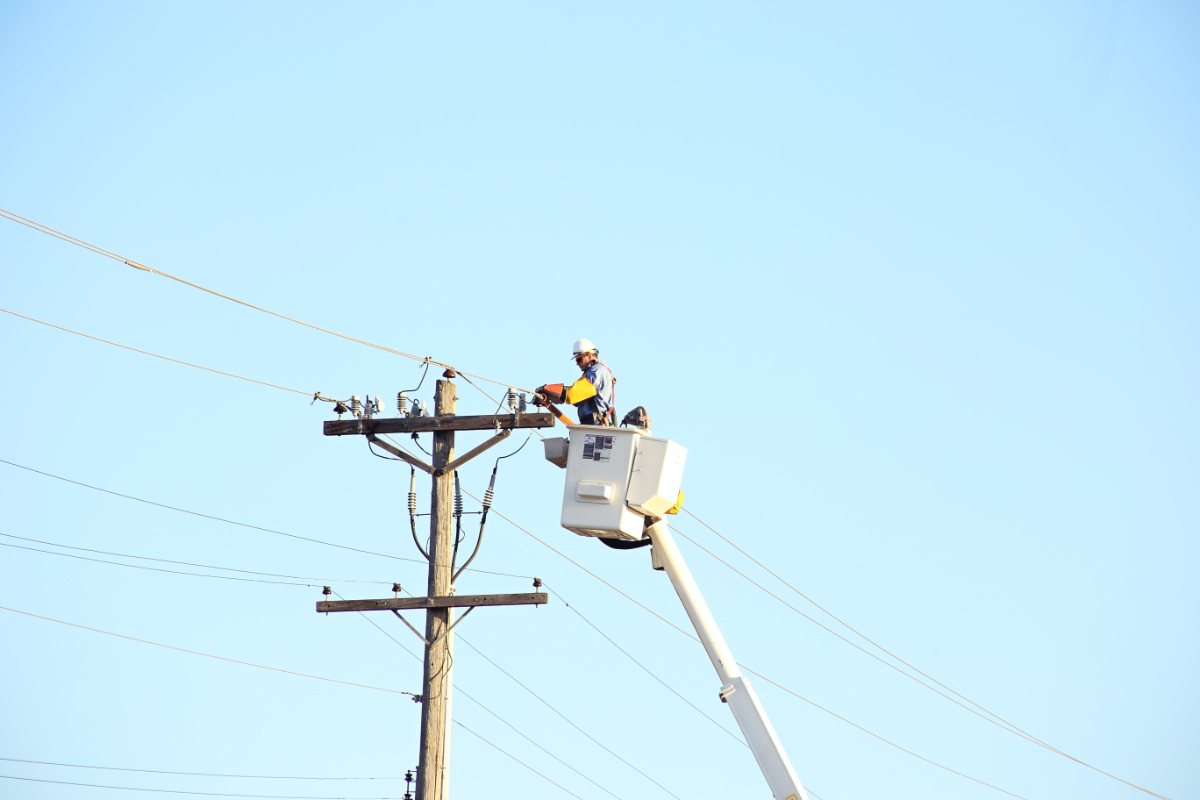What is a MEWP licence? Find out more about the use of mobile elevating work platforms (MEWPs) including scissor lifts, powered access platforms and cherry pickers.
What Is A MEWP Licence?
Any form of MEWP must have a licence to operate on a public highway, as well as if any portion of the MEWP or its load overflies the highway at any point during the lift or for an extended period of time. If you are to use a MEWP, you need a licence; this is due to the potential risks and hazards that can be caused when working at heights.
It is the employer's duty to ensure that any operator of a MEWP has been efficiently trained and has earned their license to drive it. A MEWP licence acts as a permit for operators so that they have the safety training to prevent and manage hazards or risks while driving a MEWP.
What are Mobile Elevating Work Platforms (MEWPs)?
Working at height is made easier with the use of "plant", or equipment, such as mobile elevating work platforms (MEWP).
They are made up of an extendable chassis and a working platform with controls for operation. There are two main categories of MEWPs: "verticals", like scissor lifts, which may be either stationary or mobile, and "booms", like cherry pickers, which come in both stationary and mobile versions.
Simply speaking, a MEWP stands for Mobile Elevating Work Platform - in essence, a MEWP is a powered platform designed to aid people in carrying out work at heights in a safe and secure manner. MEWPs are commonly referred to by a wide variety of names such as "cherry picker".
One of these general terms is "access platform" as it covers both powered and non-powered equipment that gives workers both a temporary and permanent way to work at a multitude of heights. Scissor lifts are larger MEWPs that are ideal to use in a range of applications in both indoor and outdoor spaces; this includes a straight lift being required for access.
A cherry picker (or an articulated boom lift) provides an extensive range of movement to operators and constantly meets the requirements of the Work at Height regulations 1998.
The sideways outreach allows it to operate as a practical solution for both indoor and outdoor applications; this is due to the extended reach enabling the platform to manoeuvre around obstacles such as equipment and buildings.
These MEWPs are available in a range of shapes and sizes alongside additional features such as a rough terrain option, non-marking tyres as well as a range of power alternatives.

MEWP Hazards
Most and many injuries and fatalities surrounding MEWPs arise from entrapment, overturning, falling and collisions. If a MEWP operator is trapped between a fixed structure or has become stuck against the platform controls, they may be unable to stop the machine from running and causing damage.
The MEWP machine can overturn, throwing the operator from the basket or causing an operator to fall from the basket. Additionally, the MEWP vehicle may collide with people, overhead cables or traffic, causing severe damage to anyone involved. These issues must be identified during risk assessments and controlled using preventative measures.
Controlling the Risk of MEWP Use
It's important to select the right MEWP for the job and the environment. Make a rescue strategy for a MEWP and practise it; someone on the ground should be familiar with the machine's ground controls and understand what to do in an emergency. There are a number of actions that may be performed to decrease the threat posed by MEWP worries.
Inform operators of the risks and the safe work practices to be used. Choose a MEWP that has been built to prevent such unintentional contact if there are overhead structures where an operator may become caught and then forced against the controls. The danger of the operator tripping or falling while in the basket is lower if the platform is kept clean. MEWPs with shielded or other protective controls are available.
Use of the platform requires flat, sturdy ground; any ad hoc coverings must be durable enough to bear the pressure. Trenches, manholes, and uncompacted backfill are a few examples of localised ground features that might cause overturning. The platform must be raised after the outriggers have been extended and checked. It may be essential to use spreader plates; consult the equipment handbook if you are unsure. Make sure that the guard rails and toe boards on the work platform are functional.
If there is still a danger that someone may fall from the platform, a harness with a short work restraint lanyard

must be secured to an appropriate manufacturer-provided anchorage point within the basket.
The user won't put themself in danger of falling from the carrier as a result. In order to prevent tools or other things from falling and hitting people below, make sure to fence off the area around the platform. Platforms can tilt and become unstable in strong winds, so be sure to decide on the highest wind speed that is safe to work at. Platforms can potentially be harmed by storms and snowfall, so after severe weather, check the platform before usage.
If a MEWP is used to install any materials, make sure to check the dimensions and weight; consider any manual handling and distribution issues while you do so to limit any risks or mishaps. You may need extra lifting equipment to transport and deliver materials to the workplace. Do not, under any circumstances, operate a MEWP in close proximity to any overhead cables or hazardous machinery.
MEWP Operator Training

This training programme teaches operators how to set up and use several kinds of MEWPs, also known as cherry pickers, aerial lifts, or scissor lifts, securely.
Static Vertical (1a), Static Boom (1b), Mobile Vertical (3a), Mobile Boom (3b), and Specialist Machines are among the categories (SPECIAL). Push Around Vertical (PAV) and Insulated Aerial Device (IAD) MEWPs need a half-day and two days, respectively, of training.
The length of the course varies based on the topic content, the learner's background, the complexity of the machine, and the number of machine types covered. A day is made up of at least seven hours.
A candidate for the IPAF operator training learns how to set up and properly operate several kinds of MEWPs, often known as cherry pickers, aerial lifts, or scissor lifts.
There are several categories, including Insulated Aerial Device, Push Around Vehicle, Specialist Machines (SPECIAL), Static Vertical (1a), Static Boom (1b), Mobile Vertical (3a), and Mobile Boom (3b) (IAD). Mobile elevating work platforms - or operator (driver) training - according to ISO 18878 is recognised as being compliant with IPAF's MEWP Operator Training.
We hope you got some useful information about the uses of scissor lifts. If you require access equipment hire in Daventry and Northampton contact our specialists today.
If you would like to see any of the services that ACS Assorted Commercial Services provide, then please follow the below links:
